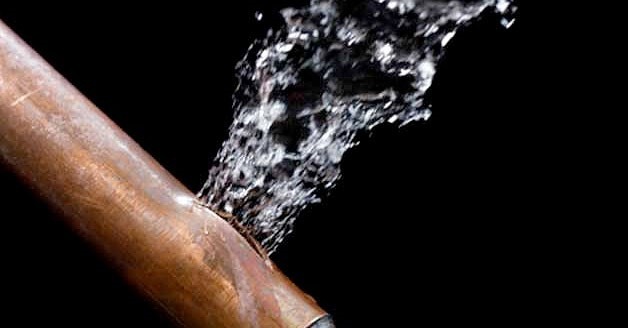How to Find and Repair Water Leaks-- A Comprehensive Overview
How to Find and Repair Water Leaks-- A Comprehensive Overview
Blog Article
This post down below pertaining to Finding hidden leaks is especially fascinating. Read it for your own benefit and figure out what you think of it.

Early detection of dripping water lines can mitigate a potential catastrophe. Besides conserving you money, it will certainly decrease the stress and aggravation. The moment you find a leakage, calling your plumber for repairs is the best option. Some tiny water leaks might not be noticeable. If you can not find it with your naked eyes, here are some hacks that aid.
1. Check Out the Water Meter
Inspecting it is a proven way that assists you find leakages. If it moves, that suggests a fast-moving leakage. This implies you might have a slow-moving leakage that could even be underground.
2. Inspect Water Usage
If you detect sudden adjustments, despite your intake being the exact same, it indicates that you have leaks in your plumbing system. A sudden spike in your expense shows a fast-moving leakage.
On the other hand, a steady boost monthly, despite having the exact same habits, reveals you have a sluggish leakage that's also gradually rising. Call a plumber to thoroughly check your residential or commercial property, especially if you really feel a warm location on your floor with piping underneath.
3. Do a Food Coloring Examination
30% comes from toilets when it comes to water consumption. Test to see if they are running correctly. Drop specks of food color in the tank and also wait 10 mins. There's a leak between the tank and bowl if the color somehow infiltrates your bowl throughout that time without flushing.
4. Asses Exterior Lines
Do not neglect to inspect your exterior water lines also. Should water permeate out of the link, you have a loosened rubber gasket. One small leak can lose tons of water as well as spike your water costs.
5. Evaluate and Evaluate the Circumstance
Property owners need to make it a routine to check under the sink counters as well as also inside cupboards for any type of bad odor or mold and mildew growth. These two warnings indicate a leak so prompt attention is needed. Doing regular assessments, also bi-annually, can save you from a major trouble.
Extra importantly, if you know your residence is already old, maintain a watchful eye on your heaters, pipes, pipes and so on. Look for stainings and compromising as the majority of pipelines and appliances have a life expectancy. They will likewise normally degrade due to tear as well as wear. Don't wait for it to rise if you presume leaking water lines in your plumbing system. Call a specialist plumber right away so you do not wind up with a horrible mess in your home.
Early detection of dripping water lines can minimize a prospective catastrophe. Some tiny water leakages might not be visible. Checking it is a surefire means that helps you discover leaks. One small leakage can throw away loads of water as well as surge your water expense.
If you believe dripping water lines in your plumbing system, don't wait for it to escalate.
WARNING SIGNS OF WATER LEAKAGE BEHIND THE WALL
PERSISTENT MUSTY ODORS
As water slowly drips from a leaky pipe inside the wall, flooring and sheetrock stay damp and develop an odor similar to wet cardboard. It generates a musty smell that can help you find hidden leaks.
MOLD IN UNUSUAL AREAS
Mold usually grows in wet areas like kitchens, baths and laundry rooms. If you spot the stuff on walls or baseboards in other rooms of the house, it’s a good indicator of undetected water leaks.
STAINS THAT GROW
When mold thrives around a leaky pipe, it sometimes takes hold on the inside surface of the affected wall. A growing stain on otherwise clean sheetrock is often your sign of a hidden plumbing problem.
PEELING OR BUBBLING WALLPAPER / PAINT
This clue is easy to miss in rooms that don’t get much use. When you see wallpaper separating along seams or paint bubbling or flaking off the wall, blame sheetrock that stays wet because of an undetected leak.
BUCKLED CEILINGS AND STAINED FLOORS
If ceilings or floors in bathrooms, kitchens or laundry areas develop structural problems, don’t rule out constant damp inside the walls. Wet sheetrock can affect adjacent framing, flooring and ceilings.
https://www.servicemasterbyzaba.com/blog/how-to-detect-water-leakage-in-walls/

I am just very curious about Finding hidden leaks and I'm hoping you enjoyed the entire piece. In case you appreciated our blog posting plz don't forget to pass it around. We truly appreciate reading our article about Finding hidden leaks.
Report this page